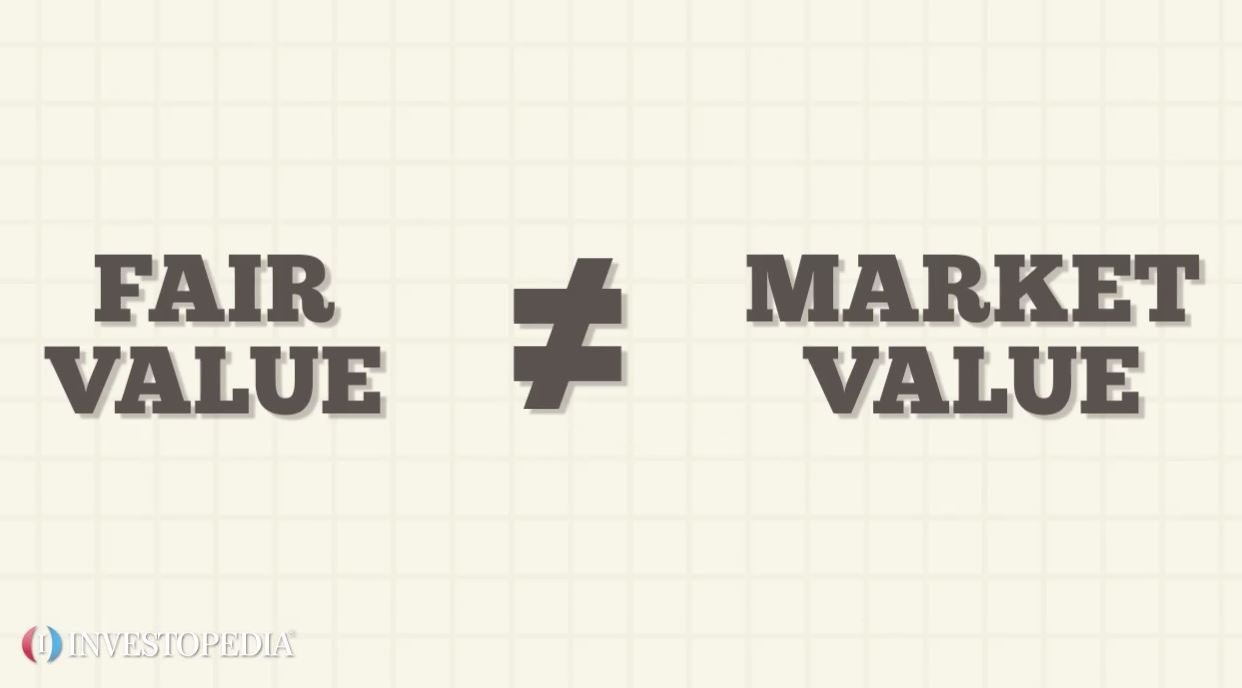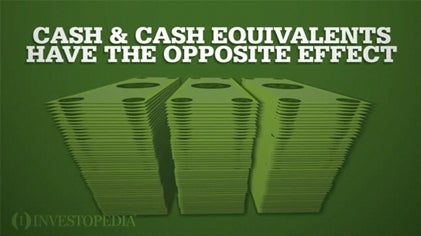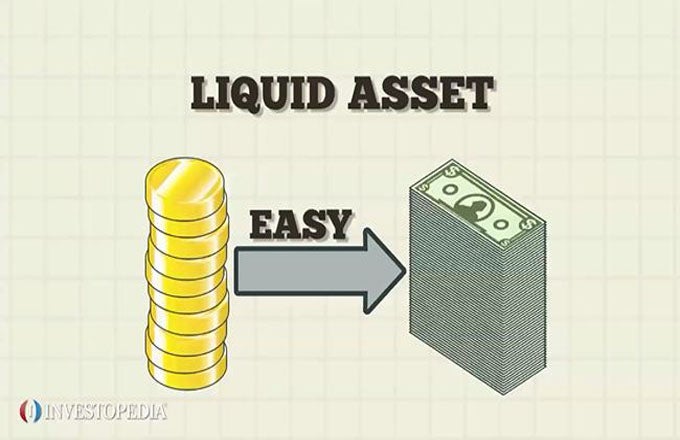Present value tells us how much a future sum of money is worth today, given a specified rate of return. This is an important financial concept based on the principle that money received in the future is not worth as much as an equal sum received today.For example, $1000 received three years from now is not worth as much as $1000 received today. Why is that? First, if you invested $1000 today, in three years it would be worth more than the original sum, assuming a specified rate of return. Waiting three years to invest the money is three years of lost interest, making the future money worth less than today’s $1000. Second, if you have $1000 today, you can buy things at today’s prices. In three years, inflation will likely have pushed prices higher, lowering the buying power of your $1000. In each of these examples, there is an implied annual rate at which dollars not spent today can be expected to lose value over time. In the first example, it is the interest rate. In the second, it is the rate of inflation. To compare present dollars to future dollars, you must discount the future dollars to their present value, using one or both of these rates. The calculation to determine Present Value = CF / (1+r)n Where, CF is the Cash Flow in the future, R is the discount rate and n is the number of years.





